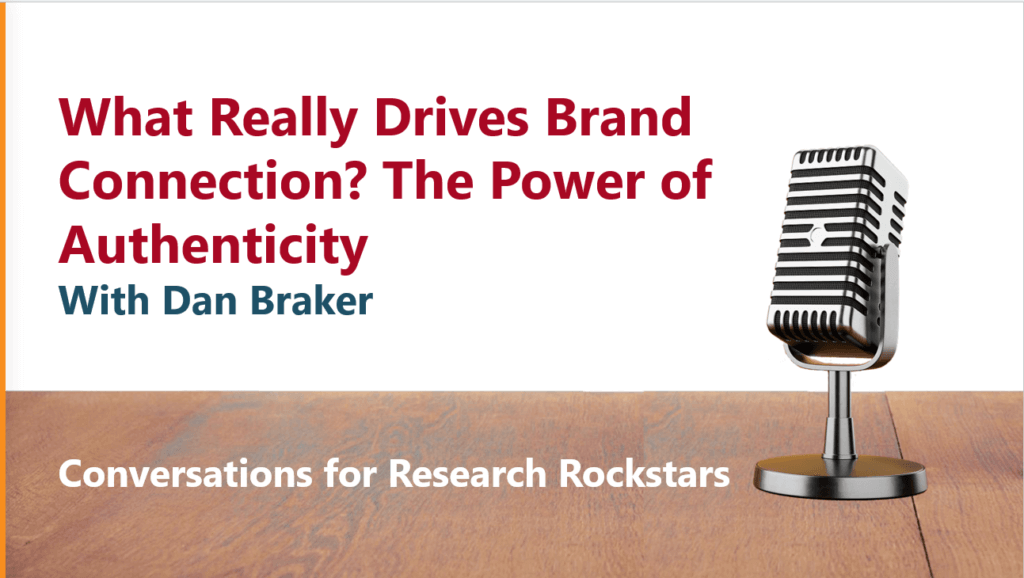 Peter Shankman advocated for market research today. I was there. Not 10 feet away from him when he did it.
Peter Shankman advocated for market research today. I was there. Not 10 feet away from him when he did it.
It’s great to hear a social media authority praise—even promote—the benefit of asking customers’ about their views. In this case, Peter was making the excellent point that companies need to ask customers how they want their information delivered. At today’s presentation in downtown Boston, Peter specifically advised the business folks in attendance to take the time to ask their audiences (clients, prospects, donors, whatever) how they want to receive information.
He points to the fact that the way information is delivered these days is extremely fragmented. Nobody can afford to simply guess how their audience wants to get information. He points out that simply taking the time to ask people how they want information delivered can save huge amounts of money.
Now granted, he didn’t go beyond that to advise the best ways…or potential challenges…of asking people how they want to receive information. But as someone who has done actual primary research on this for many business clients over the years, I can tack on two bits of advice.
Self-reporting can be way off, so augment with actual behavioral data. If you simply give people a list of information sources (newspapers, magazines, TV, radio, LinkedIn, YouTube, etc) and ask them which are their preferred ones, you will get a very particular picture. If you ask the same people which ones they have used in the past 48 hours, you will get a very different picture. Why? People don’t always like to admit—either to themselves or others—how few sources they use. Consider my Aunt Sally. If you asked Aunt Sally how she gets news, she would emphatically tell you that she reads The New York Times, The Economist, and watches the evening news. Well, what she really means is that she wishes she did, but in reality, most of her news comes from the radio and her Yahoo home page.
Sure, it’s still good to ask people what they want. But balance that with some actual behavioral data as well. What have you read in the past 24 hours? What websites have you visited today? Nice, concrete questions.
Understand the behaviors associated with different information sources. This can be very enlightening. For example, let’s say IT buyer Jack works for a large retail chain.
He gets information about IT companies from trade magazines, business magazines, and CNET. But what does he do with the information? Maybe with the trade magazines he tends to rip out anything of interest and throw the rest into recycling. Business magazines? Perhaps he occasionally forwards an issue to a colleague, but less than once out of every 4 issues. CNET? Turns out he loves the email feature (email a story to a friend), and forwards at least 3 CNET articles a week to his peers—internal and external.
So if I wanted to get on Jack’s radar screen and optimize the chance of him sharing info, I now know what to do.
How about you?
So do you know what information sources your target clients actually use? Trust? Share? The topic of information sources is actually pretty complex, and there are lots of other cool research tricks that can be used to understand behaviors.
But as Peter Shankman said today, simply finding out what sources people use is a huge step towards optimizing a communications strategy.
[Do you get Research Rockstar blog posts via RSS? If not, here’s the link: http://feeds.feedburner.com/ResearchRockstar]











